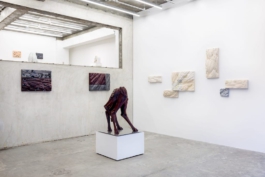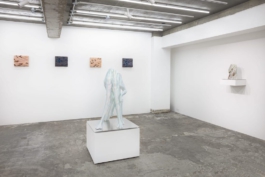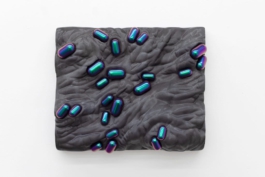


x
'Overgrowth'
2023
At Contrast, Tokyo
Andrea Samory
What can be called “capsule aesthetic” has been a staple of graphic and industrial design for over a decade now. Websites, apps UI, infographics, etc. feature soft yet crisp, regular geometries with perfectly rounded corners, and are paired with pastel colored, uniform gradient fills. This visual language has spread through SNS and other platforms, and have become part of purely visual media like CG art, graphic art, and even more traditional media like painting and sculpture.















Andrea Samory
'Overgrowth'
2023
At Contrast, Tokyo
What can be called “capsule aesthetic” has been a staple of graphic and industrial design for over a decade now. Websites, apps UI, infographics, etc. feature soft yet crisp, regular geometries with perfectly rounded corners, and are paired with pastel colored, uniform gradient fills. This visual language has spread through SNS and other platforms, and have become part of purely visual media like CG art, graphic art, and even more traditional media like painting and sculpture.














